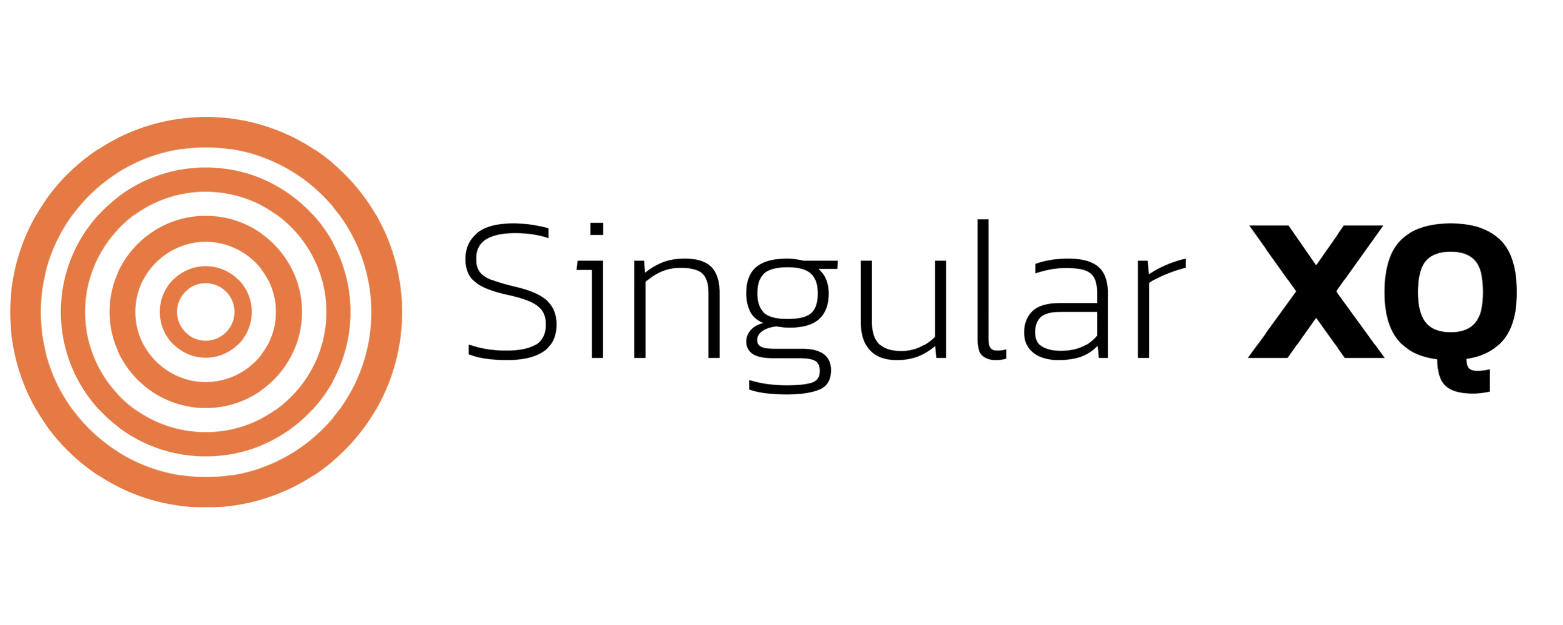Neuroaesthetics

Some somewhat interesting potentials concerning machine learning and design can be derived from training models on eeg and other scan results performed on humans engaging in aesthetic experiences.
Neuroaesthetics is a popular topic among some interface design circles. I am not immune to this. I have taught workshops in neuroscience to designers (look for some offerings soon on Linked In Live), and my interdisciplinary study was dominated by cognitive neuroscience from the late 90s to the late oughts. You'll have to excuse some of us Gen Xers and younger boomers. We were punch-drunk on the aggregate CAT, PET, and MRI data. Like macaque monkeys studying themselves in the mirror and falling in love, we all were fascinated by images of our own brains, dreaming of what we could learn about our unique, intelligent selves. Many people dreamed they could use such data ham-fistedly to silence critical theorists and the cacophonous reverberation of Cold War continental criticism. Foucault, Lacan, Derrida, and the rest (the Gilligan's Island of Humanities scholarship of that time) was becoming oppressively prevalent. Forwere people who sought escape, showing MRI data and screaming, "But it's SCIENCE!" could sometimes serve to silence colleagues at conferences when they questioned the rigor or value of their conclusions. I'm not exaggerating. That's how it went down. Okay. Maybe there is about 26.8% hyperbole in this description.
To illustrate one step further how stupidly entranced people became with this material, brain infatuation was so prevalent that I learned as an early adopter of blogging that there was one sure way to drive metrics and have people click other than giving the blog a screed-y title: put a picture of a brain on the top. I later learned that genuinely documented data backed this. People who read an article that contains a picture of a brain will rate that article better, engage with it longer, and later give a review of the author that rates their intelligence higher.
Enter "neuroaesthetics." I was a little leery of the introduction of this into the field. While I loved mixing science with my humanities and humanities with my science, like Reese's peanut butter cup commercial of my youth, Zeki's conclusions reeked of scientism and a kind of reductionist use of empirical data to draw shallow conclusions. Some agreed with me. His critics considered Zeki's introduction of neuroaesthetics pseudo-science mainly because he was speculating on the implications of relatively small data sets. The information he gathered and the speculations he drew didn't . Fortranslate into replicable and falsifiable propositions, contra the claim to hard science in a field of 90-pound weakling humanities scholars and social scientists.
Zeki underestimated the thickness of interdisciplinary silo laws. Methodologies and epistemic standards can clash, a problem that dogs interdisciplinary work to this day. Many were concerned about an essentialist and biologically deterministic point of view that instantiated single readings of artwork rather than more pluralistic interpretations and experiences. I frequently argued that neuroanatomy was robustly neuroplastic and recombinatory. Suppose people with a hemispherectomy (a half lobotomy) can function normally. How can any conclusion based on a single data point on a single scan of a non-fluid experience really tell us much at all?
However, I must say that another emergent field (machine learning--let's not call it AI, shall we? I will allow machine "learning" for now, although that also obscures what it really is in ways I will get into in other pieces. It poses interesting ways that patterns of interaction on scans and EEGs can create patterns that can inform design strategies and decisions. However, to me, the truly intriguing potential is not that we can validate design decisions with these data points to one homogenizing design choice but because it has the potential to customize aesthetic experiences for individuals in a universal realization.
What if the interface that greets you is different for everyone? Based on input from your wearable? (Let's ignore the data problem here for now--there are solutions to that, but
This is where things get interesting. Check out this paper. Some somewhat interesting potentials concerning machine learning and design can It's worth a look or two.
Did you like my article, and do you think I am smart? Science says this purple picture of a brain at the top will make you think so. Share, like, and subscribe here. Consider becoming a paid supporter to aid our nonprofit mission to use education, research, and development to digitally transform culture and society so that we can stop spending trillions on failed digital transformation in business.




